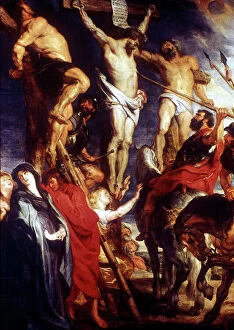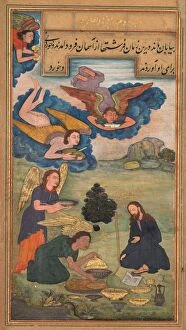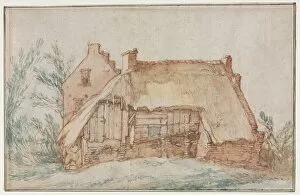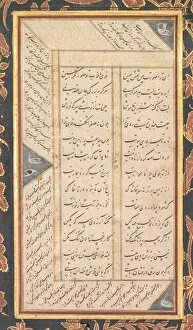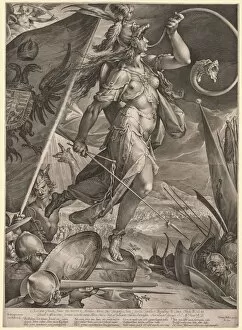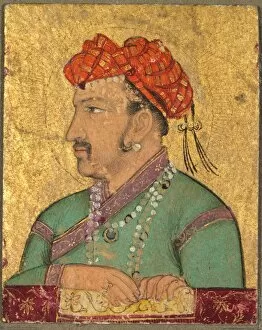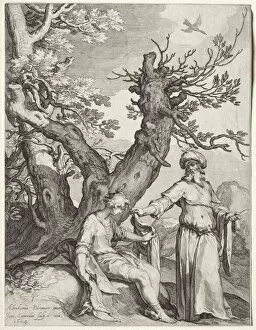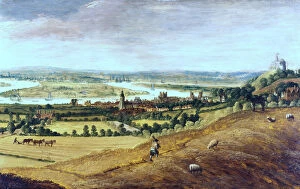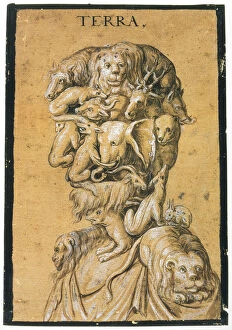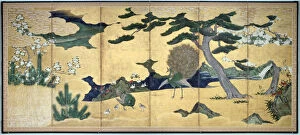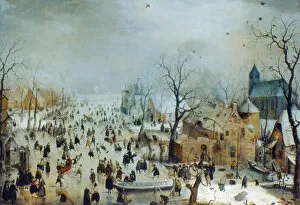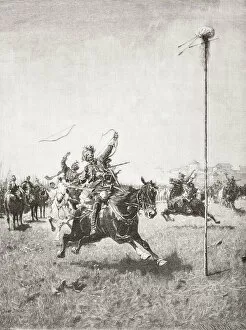Early 17th Century Collection
Step back in time to the early 17th century, where art and history intertwine
All Professionally Made to Order for Quick Shipping
Step back in time to the early 17th century, where art and history intertwine. Marvel at masterpieces like "The Continence of Scipio, " a captivating oil on canvas painting from around 1706 that tells the tale of ancient Rome's noble general. Immerse yourself in the chaos of war with "Royalist cavalry, Battle of Naseby, " a vivid color lithograph depicting a pivotal moment during the English Civil War in 1645. Gaze upon the regal visage of Charles I captured in chromolitho form, showcasing his power and influence during this tumultuous period. Experience the joyous celebration depicted in "The Wedding Dance, " an enchanting oil painting on panel that transports you to a lively scene filled with music and merriment. Delve into religious themes with "The Temptation of Saint Anthony, " an evocative oil on canvas artwork that explores temptation and spirituality. Witness the grandeur and opulence displayed in "The Queens of Persia at the feet of Alexander" (also known as The Tent of Darius), an exquisite oil painting from around 1660 that showcases both beauty and submission. Discover miracles through art with "Saint Luke healing the hydropic child, " a touching painting from the 17th century that portrays faith's ability to overcome illness. Contemplate redemption with powerful depictions such as "Penitent Magdalen" or "Saint Mary Magdalene penitent, " both striking oil paintings capturing moments of repentance and spiritual transformation. Explore academia through engravings like those found at the University of Leiden in Netherlands, established back in 1614—a testament to knowledge-seeking during this era. Finally, witness Michelangelo Caravaggio's mastery firsthand through his profound work titled "The Laying in the Tomb. " This hauntingly beautiful depiction captures Christ's descent into death with unparalleled realism.


